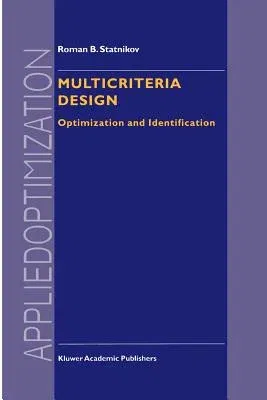This book is devoted to the PSI method. Its appearance was a reaction to
the unsatisfactory situation in applications of optimization methods in
engineering. After comprehensive testing of the PSI method in various
fields of machine engineering it has become obvious that this method
substantially surpasses all other available techniques in many respects.
It has now become known that the PSI method is successfully used not
only in machine design, at which it was initially aimed, but also in
polymer chemistry, pharmacy, nuclear energy, biology, geophysics, and
many other fields of human activity. To all appearances this method has
become so popular for its potential of taking into account the specific
features of applied optimization better than other methods, being, at
the same time, comparatively simple and friendly, and because, unlike
traditional optimization methods which are intended only for searching
for optimal solutions, the PSI method is also aimed at correctly
formulating engineering optimization problems. One well-known aircraft
designer once said, "To solve an optimization problem in engineering
means, first of all, to be able to state this problem properly". In this
sense the PSI method has no competitors. Although this method has been
presented in Russia in numerous papers and books, Western readers have
had the opportunity to familiarize themselves with this method only
recently (Ozernoy 1988; Lieberman 1991; Stadler and Dauer 1992; Dyer,
Fishburn, Steuer, Wallenius, and Zionts 1992; Steuer and Sun 1995, etc.
).


